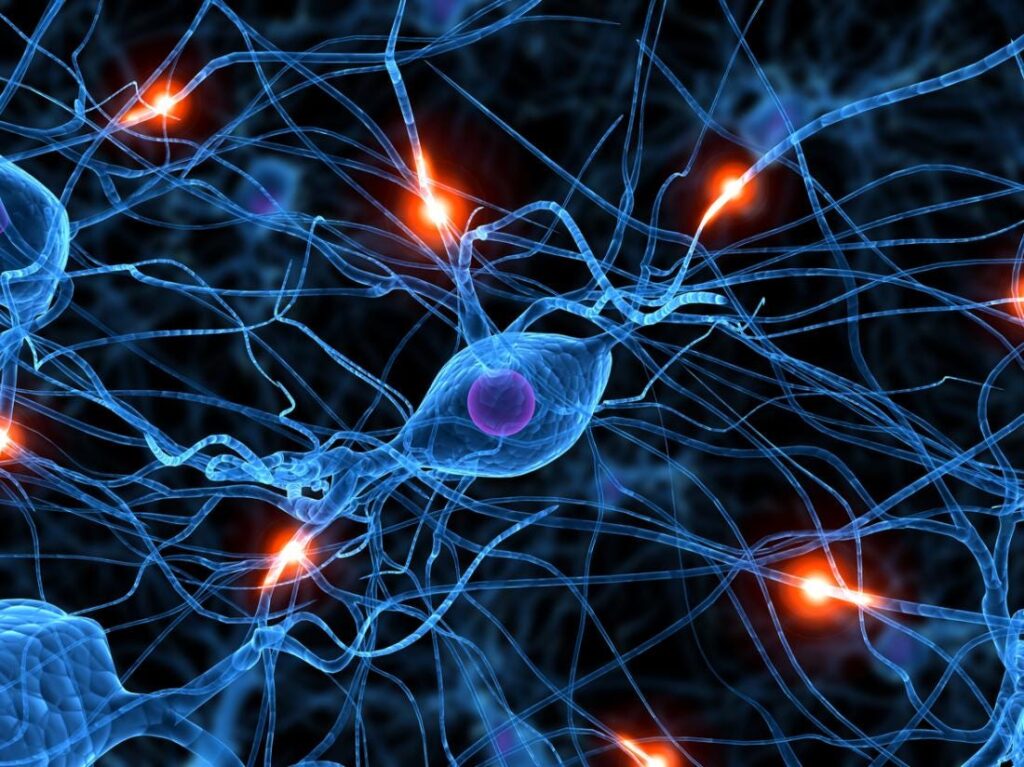Unraveling the Wonders of Artificial Neural Networks: A Comprehensive Guide
In the ever-evolving realm of artificial intelligence, one of the most intriguing and impactful innovations is the Artificial Neural Network (ANN). In this blog post, we will explore the fundamental aspects of ANNs, their main functions, the distinctions between CNN and ANN, and the basics, types, working principles, benefits, features, and applications within the vast field of artificial intelligence.
What is the Artificial Neural Network (ANN)?
An Artificial Neural Network, often referred to as ANN or neural network, is a computational model inspired by the structure and functioning of the human brain. It comprises interconnected nodes, also known as neurons, organized into layers. These layers include an input layer, one or more hidden layers, and an output layer. The strength of connections between neurons, known as weights, is adjusted during the training process, enabling the network to learn and make predictions.
Table of Contents
Main Functions of Artificial Neural Networks
The primary function of an Artificial Neural Network is to recognize patterns and relationships within data. Through a process called training, the network learns from labeled examples, making it capable of generalizing its knowledge to new, unseen data. ANNs are widely used for tasks such as classification, regression, clustering, and more.

Difference Between CNN and ANN
Although Convolutional Neural Networks (CNNs) and Artificial Neural Networks (ANNs) are both types of neural networks, they have different applications. CNNs are designed to work with image and spatial data, using convolutional layers to extract relevant features. Conversely, ANNs are more flexible and can handle a wider range of data types, making them useful for various applications beyond image processing.
Basics of Artificial Neural Networks
Artificial neural networks (ANNs) are built with interconnected neurons. Each neuron connection has a specific weight, and during training, these weights are adjusted to minimize the difference between the predicted and actual output. This process is known as backpropagation, which is crucial for ANNs to learn from data.
Types of Artificial Neural Networks
Artificial Neural Networks come in different types, each tailored for specific tasks. Some common types include Feedforward Neural Networks (FNN), Recurrent Neural Networks (RNN), and Long Short-Term Memory (LSTM) networks. Each type has its strengths, making them suitable for different applications.
How Artificial Neural Networks Work
The functioning of ANNs involves passing input data through the network, where each neuron processes the information and passes it to the next layer. The weights and biases are adjusted iteratively during training to optimize the network’s performance. This adaptive learning process enables ANNs to make accurate predictions and classifications.
Benefits of Artificial Neural Networks
Artificial Neural Networks (ANNs) are widely used due to their adaptability and capacity to learn. They are particularly beneficial in handling complex and non-linear relationships within data. ANNs are also well-suited for tasks that involve large datasets, where conventional algorithms may not be as effective.may not be as effective.
Features of Artificial Neural Networks
Artificial Neural Networks (ANNs) are known for their capacity to process information in parallel, their fault tolerance, and their ability to generalize patterns. The parallel processing in ANNs enables them to process information efficiently, while their fault tolerance ensures that they can maintain robust performance even in the presence of incomplete or noisy data.
Applications of Artificial Intelligence in ANN
Artificial Neural Networks (ANNs) are used in various fields. In healthcare, ANNs help predict diseases and analyze medical images. In finance, they assist with fraud detection and predicting stock market trends. ANNs also have applications in natural language processing, speech recognition, autonomous vehicles, and more.
Conclusion
Artificial Neural Networks are a significant breakthrough in the field of artificial intelligence. They possess the capability to learn, adapt, and make complex decisions, making them a valuable addition to various applications. Their integration has transformed our problem-solving approach in the digital era. As technology advances, ANNs are expected to play an increasingly significant role and bring in new possibilities and innovations.
Hey there! I hope everything is going well. I just wanted to let you know that I value your opinion. So, please don’t hesitate to share your thoughts on what I’ve shared so far. I’m open to feedback and suggestions, and I’d love to hear if there’s anything that you would like me to add or change.







